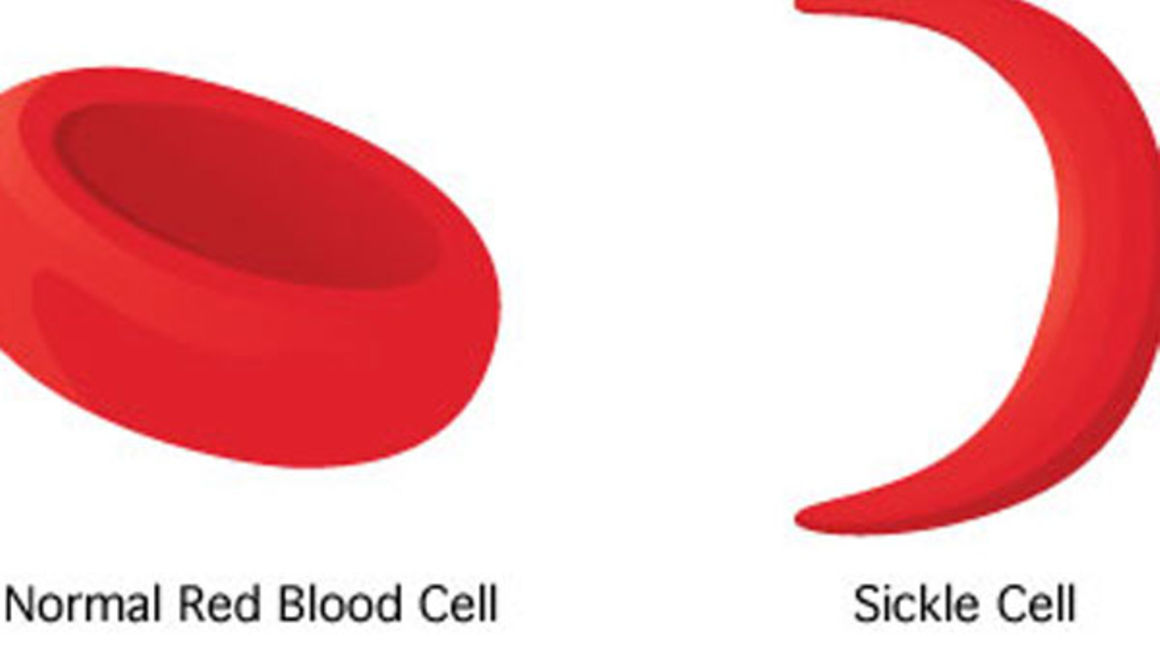Govt unveils plan to tackle surging sickle cell cases

Government has come up with measures it says will reduce surge in sickle cell cases in Busoga Sub-region.
The assistant commissioner for non-communicable diseases in the Ministry of Health, Dr Gerald Mutungi, on Tuesday said sickle cell cases in the sub-region, standing at 20 per cent, are higher than the national burden of 13.3 per cent.
He said they had launched a centre of excellence for sickle cell management.
“We did a study and found out that the prevalence of sickle cell was high, especially in Busoga Sub-region and Northern Uganda. We decided to launch a centre of excellence in sickle cell management as a strategy to reduce the burden in those regions,’’ he said.
Dr Mutungi said they screened newborn babies and that they will ensure all necessary logistics and drugs are available for their treatment.
He, however, urged residents to embrace the ongoing screening exercise of newborn babies, adding that they are also focusing of prevention.
He advised those intending to get pregnant to first test for sickle cell as a preventive measure.
Dr Charles Kiyaga, the national coordinator for sickle cell at the Ministry of Health, said they will establish six sickle cell management centres in Jinja, Lira, Soroti, Mbale, Gulu, and Mulago.
Dr Kiyaga said the Jinja Regional Referral Hospital sickle cell clinic will be the centre of referral for all satellite clinics and that health workers too will be trained on caring for sickle cell patients.
Dr Florence Tugumisirize, the Jinja Regional Referral Hospital director, blamed the high cases of sickle cell in Busoga Sub-region on high fertility rates.
Dr Tugumisirize said four of 581 children they screened have sickle cells.
She, however, decried the limited human resource and low supplies that slows the process of screening newborn babies.
Dr Abner Tagoola, the in-charge of the hospital children’s ward, said the most common cause of death among sickle cell patients is lack of blood.
She added that the mortality rate has reduced from 5 percent to 0.19 percent over the past three months.
“To have a sickle cell child you must have money for the patient to survive. You have to visit the hospital almost every month, and the new drug (hydroxyurea) that they need is expensive (each tablet costs between Shs1,500 and Shs1,800, to be taken every day),” he said.




